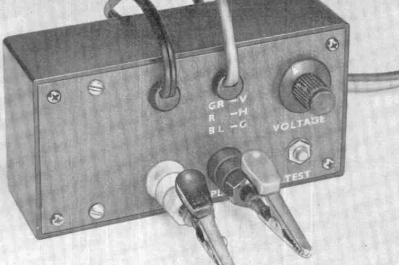This week, we announced the winners for the previous Pet Hacks contest and rang in our new contest: The One Hertz Challenge. So that’s got me in a contesty mood, and I thought I’d share a little bit of soap-box philosophizing and inside baseball all at once.
The trick to creating a good contest theme, at least for the creative Hackaday crowd, is putting on the right limitation. Maybe you have to fit the circuit within a square-inch, power it only with a coin cell, or use the antiquated and nearly useless 555 timer IC. (Yes, that was a joke!)
There are two basic reactions when you try to constrain a hacker. Some instantly try to break out of the constraint, and their minds starts to fly in all of the directions that lead out of the box, and oftentimes, something cool comes out of it. The other type accepts the constraint and dives in deep to work within it, meditating deeply on all the possibilities that lie within the 555.
Of course, we try to accommodate both modes, and the jury is still out as to which ends up better in the end. For the Coin Cell challenge, for instance, we had a coin-cell-powered spot welder and car jumpstarter, but we also had some cool circuits that would run nearly forever on a single battery; working against and with the constraints.
Which type of hacker are you? (And while we’re still in the mood, what contest themes would you like to see for 2026?)




















